Magnesium is a fundamental ingredient of optimal fertilization.
It is the central atom in a chlorophyll molecule, which, in turn, is responsible for photosynthesis.
This places it at the heart of the energy metabolism of crops.
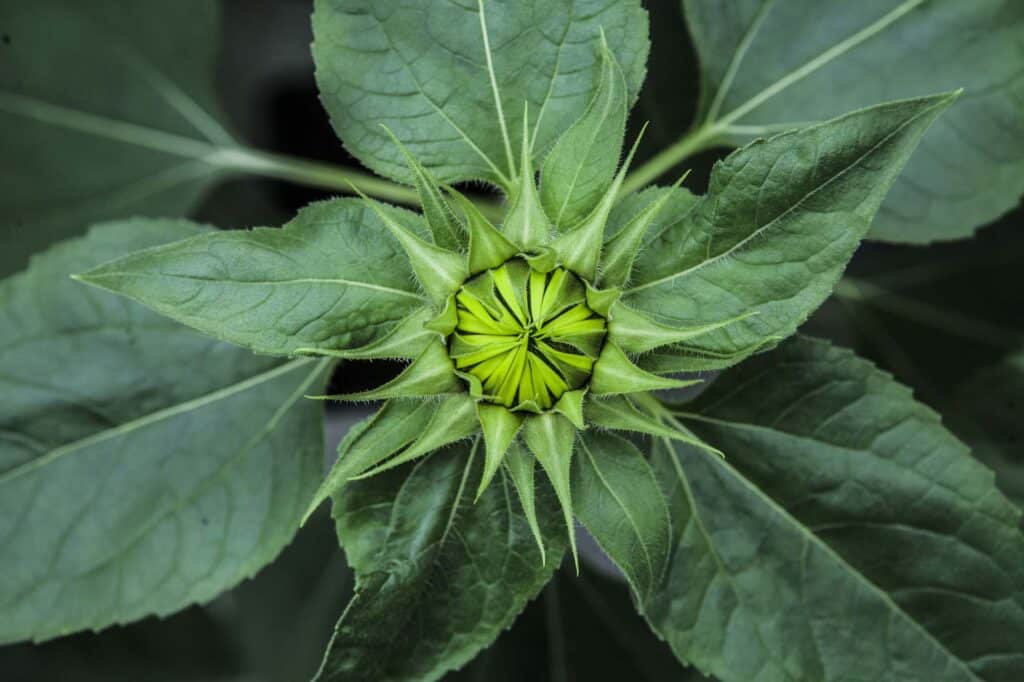
The importance of Magnesium
Magnesium plays a crucial role in the synthesis, movement and storage of sugars. A lack of Magnesium can lead to glucose storage in leaves rather than in other organs such as roots, seeds, or fruits, etc. This lack can reduce the plant’s absorption capacity, growth and resistance to hydric stress.
Magnesium also prevents aluminum toxicity by helping to synthesize protecting organic acids that reduce the toxic effects of aluminum. In addition it is a component of the pectins and phytins that play a structural role in plant cell walls. These build up a reservoir of phosphates used when seeds germinate.
Lastly, Magnesium oxide is especially effective in increasing the pH of soil.
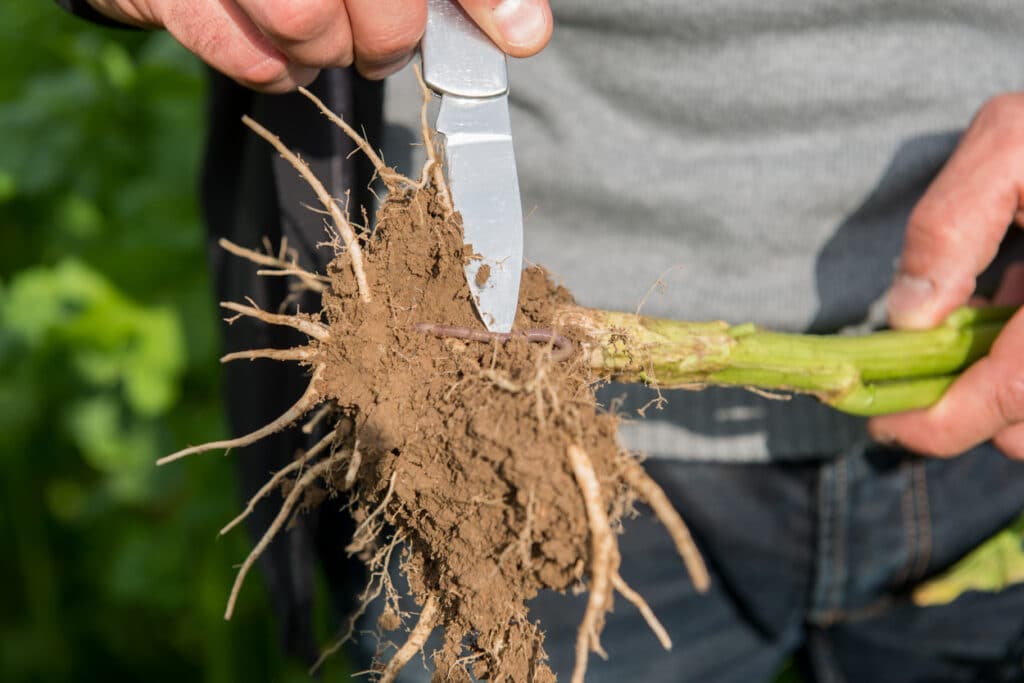
Interactions of Magnesium with the soil
Magnesium can be very inaccessible, depending on soil type: for example, in some sandy soils (sedimentary sands, sandstone, some granites, etc.), limestone, and loamy soils with a clay content of over 15%.
Magnesium is poorly retained in the clay-humus complex and is thus relatively leachable. Losses can be as high as 100 kg MgO/hectare/year. Magnesium, like calcium, helps form cationic bridges that form the clay-humus complex, which is essential for a “good agricultural soil”.
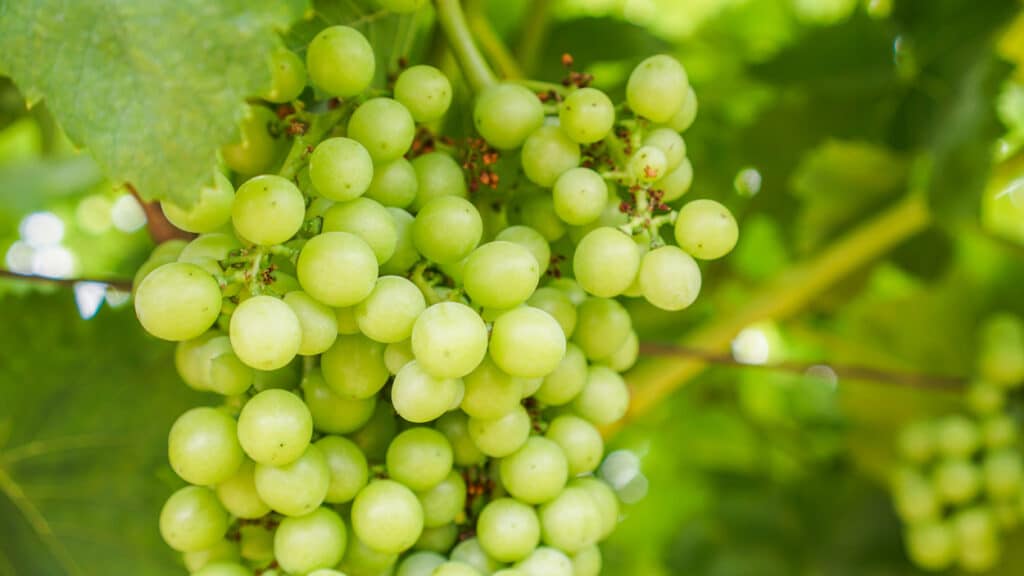
Interactions with other elements
Potassium (K or K2O) and calcium (Ca or CaO) in excessive quantities can reduce Magnesium absorption (due to antagonism with the clay-humus complex) even if it is in an available form within the soil. This can be serious enough to lead to a deficiency.
For most species, the K/Mg ratio should ideally be between 0.8 and 2. Taking Magnesium into account in fertilization is essential for productivity.
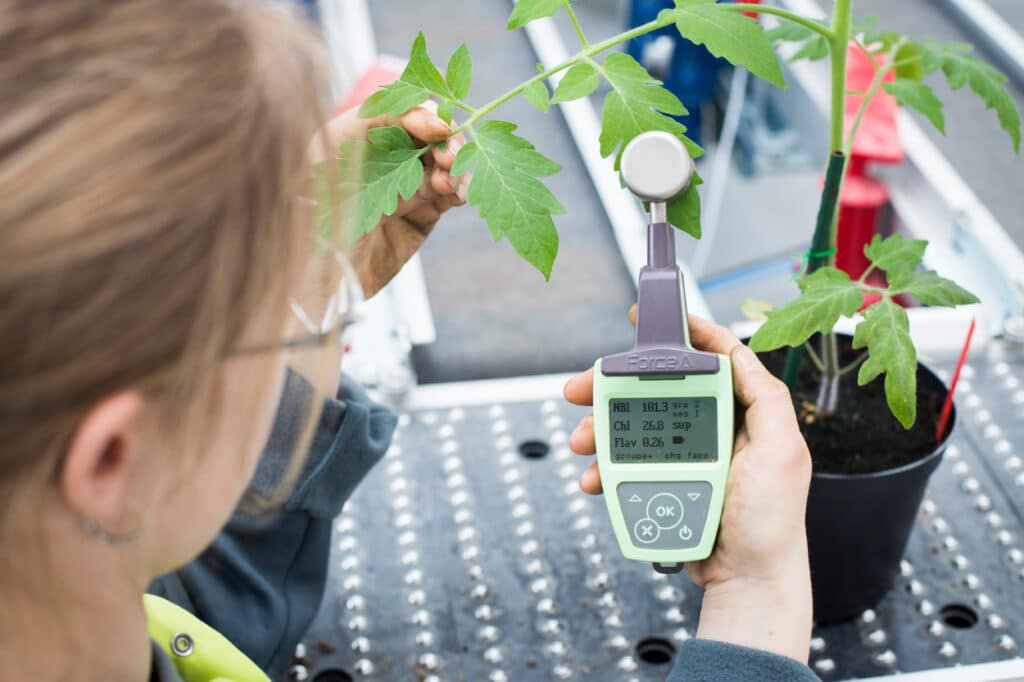
Magnesium deficiencies
Symptoms of deficiency only appear on leaves after 2-3 weeks. Thus, deficiencies can go unnoticed, whilst already having serious, but invisible consequences.
The oldest leaves are the first to be affected. Leaves lose color and turn yellow (or red if aggravated) while the veins stay green. This is called interveinal chlorosis.
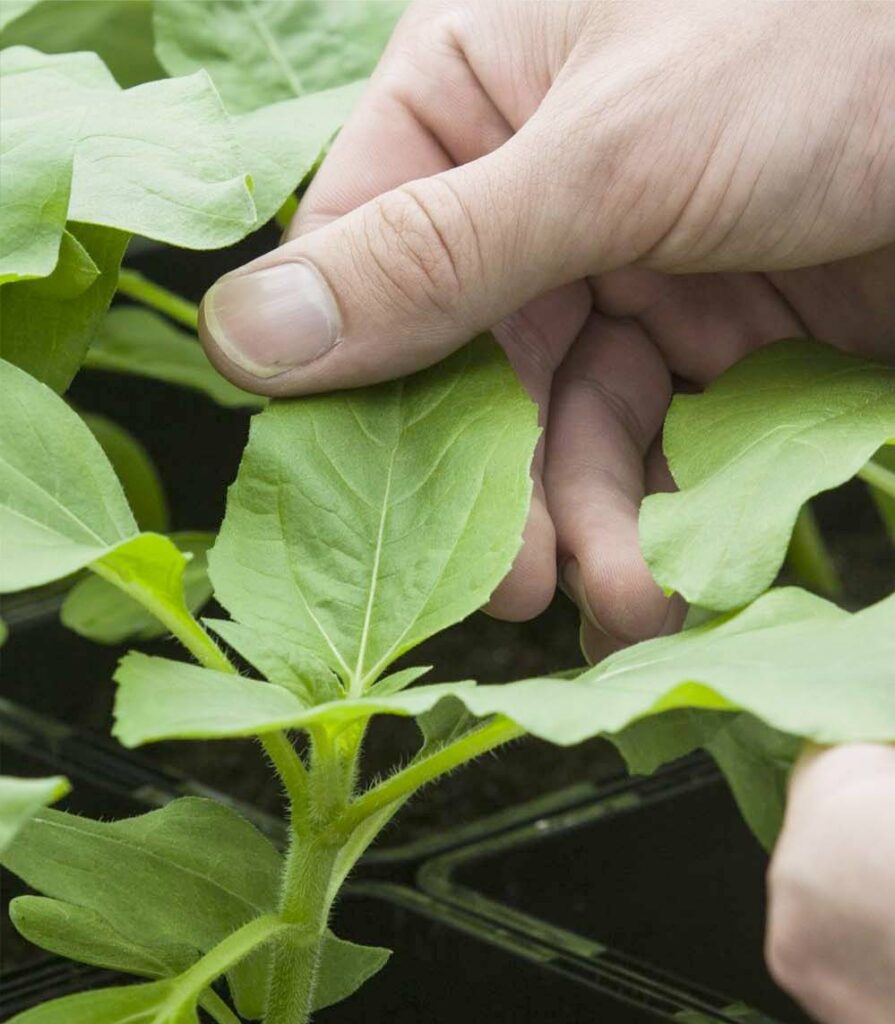
Our range of products
TIMAB Magnesium offers the most effective form of Magnesium for each type of application.
The range includes:
- Magnesium oxides
- Magnesium sulfates
- Innovative forms for specific applications
- Specialty products with optimized properties
Controlled properties (specific area, solubility, reactivity, dispersibility, LOI, etc. )

Our expertise
We have expert knowledge and skills in dealing with all effective forms of Magnesium that can be used in agriculture.
Leader in our markets, our producer status enables us to ensure optimum quality and supply.
We offer a solution for every application:
- Complex fertilizer
- Bulk Blending Fertilizer
- Liquid/foliar fertilizer
- Hydro soluble fertilizer
- Soil Conditioners
- Organic crops
For every crop or soil requirement, such as a standard Mg need, a deficiency correction, maintenance of Magnesium in the soil, a specific need, a pH correction, etc. ; we have a solution for you.
